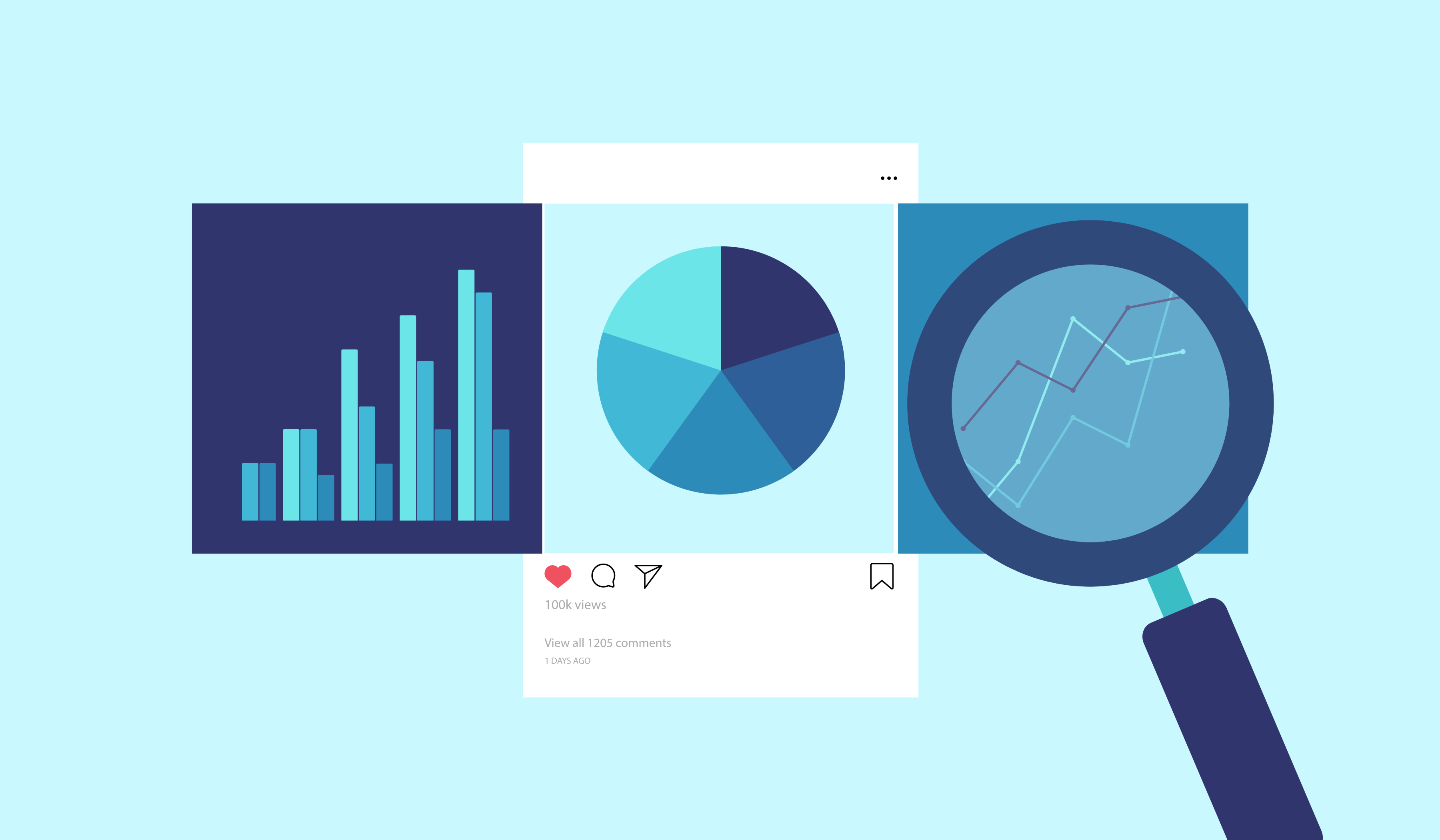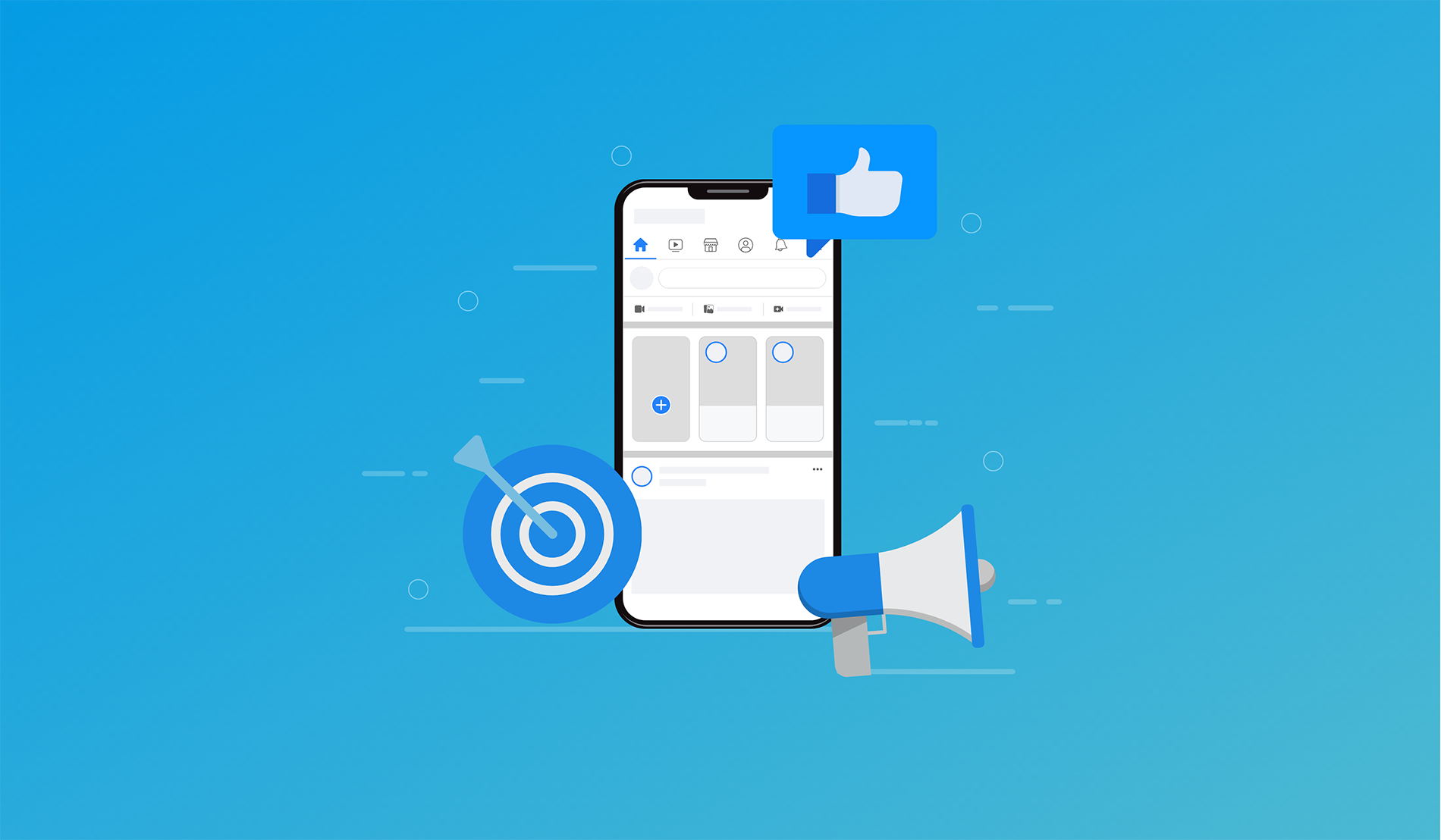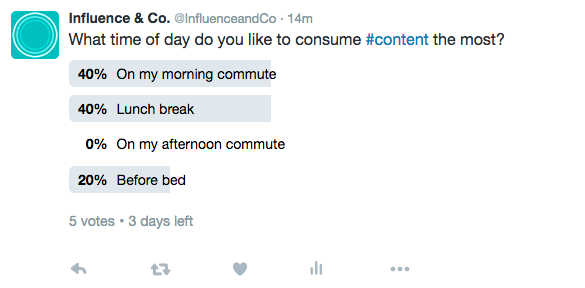 I distinctly remember a trip to the mall with my grandmother when I was 9 years old, and no, it's not because of something I got during our trip. Someone surveying elderly women pulled my grandma aside to get feedback on a new beauty product. After politely declining the request for an in-person survey, the woman handed my grandma a card to complete the same survey questions and return by mail to the company.
I distinctly remember a trip to the mall with my grandmother when I was 9 years old, and no, it's not because of something I got during our trip. Someone surveying elderly women pulled my grandma aside to get feedback on a new beauty product. After politely declining the request for an in-person survey, the woman handed my grandma a card to complete the same survey questions and return by mail to the company.
This concept confused me immediately, even at a young age: How long would it take this company to receive all these surveys? What if the cards got lost in the mail? What if someone filled it out and never got around to actually mailing it?
We come across surveys all the time, and whether we're excited to complete one because of an incentive or reluctant because we don't want to spend the time, surveys remain valuable to brands and audiences alike. They're a great way for companies to make more data-driven decisions, from collecting consumer feedback and keeping a pulse on trends to engaging an audience and more.
Fortunately, improvements in technology and social media make communication and social data collection from clients, consumers, and audiences easier and more specific than ever — and Twitter's poll feature is a perfect example.
Exercising Your Right To Poll
The Twitter poll feature is available to all users, and as long as the account that runs the poll is public, anyone can vote. The votes are anonymous, so while the surveyor will be able to see the results as they come in, only the person who cast the vote knows which option he or she individually selected.
To get started, follow these four steps:
- Select the "Add poll" icon when you compose a new tweet.
- Write the question you want your followers to answer.
- Choose up to four answer options for the respondents to select.
- Set how long you want your survey to run — anywhere from five minutes to seven days.
Once you've created your poll, it's time to make sure it doesn't get lost in your feed. If you've set a five-day poll and plan on tweeting at all during that time, you have a few options to make sure your followers can still find (and participate) in your survey: Pin the poll to the top of your feed, create a hashtag to promote it, and encourage employees to distribute the content from their personal accounts.
What the Twitter Poll Feature Can Do For You
Twitter's polling feature is as valuable to your marketing as it is easy to use. You can use it for anything from follower feedback to trend research and more. But ultimately, as a content marketer, this tool can help you produce more engaging content. Here's how:
1. Gather research on current and future content.
A Twitter poll is a great way to see what your followers think of the content you're currently creating and sharing, find out what else they'd like to see, and even collect their insights on various industry trends to use in your next article.
For example, you can ask a question about your latest article on inbound marketing or if your followers would rather read about social engagement or lead generation next. Or you can poll followers about ideas to see what they know about the latest trends in PR or any other industry changes. You can incorporate that insight into your next article, or you might even be able to identify a hole in your audience's understanding that you can fill with your own thought leadership content.
2. Ask for feedback and opinions.
Want to know how your customers feel about a new product you just launched or the changes you recently made to your company website? Set up a poll on Twitter, and find out! It's a quick and easy way to learn how your consumers feel about your brand, your new product, your service, your social presence, and more. Once you've got enough feedback and opinions, you can use that info to make adjustments when necessary or create content around your decisions to address any questions or concerns your audience raised in your poll.
3. Collect followers' predictions.
When it comes to sports, politics, popular TV shows, the future of technology, industry trends, and more, it's anyone's guess what might happen next — so why not ask your audience? Ask your followers what they predict the score will be, who will win, who will be sent home, what "the next big thing" will be, etc. Use the insights to help you craft new, relevant, and relatable content.
4. Assess audience reactions.
Audience reactions to big events in pop culture and news are often split, and Twitter polls can help you gauge those reactions and track them over time. Whether the events (and subsequent poll questions) are directly related to your content or not, to increase engagement — and show you care about more than promoting your own company. Either way, keeping up with breaking news and interacting with your audience to understand their reactions can help you keep followers engaged.
5. Entertain your followers.
Remember, not all Twitter polls have to be serious. I've seen many polls (and run a few myself) that are on the lighter side, designed for entertainment over strictly business. This is a great way to show off your brand's fun and personable side while also paving the way for easy audience engagement.
Consider running a poll about company culture, for example. A set of questions about your team's values or company benefits is a simple way to pique audience attention, teach them more about your company, and even position your team as one your followers might join in the future.
Not only is Twitter polling easy, but it can also help content marketers meet one of their highest priorities — creating and sharing engaging content. So, whether you're conducting audience research or checking in with your followers for interactive fun, you have an opportunity to do so via Twitter's poll feature.
Want to know more about how to utilize social media to maximize your content? Download our maximization checklist below!
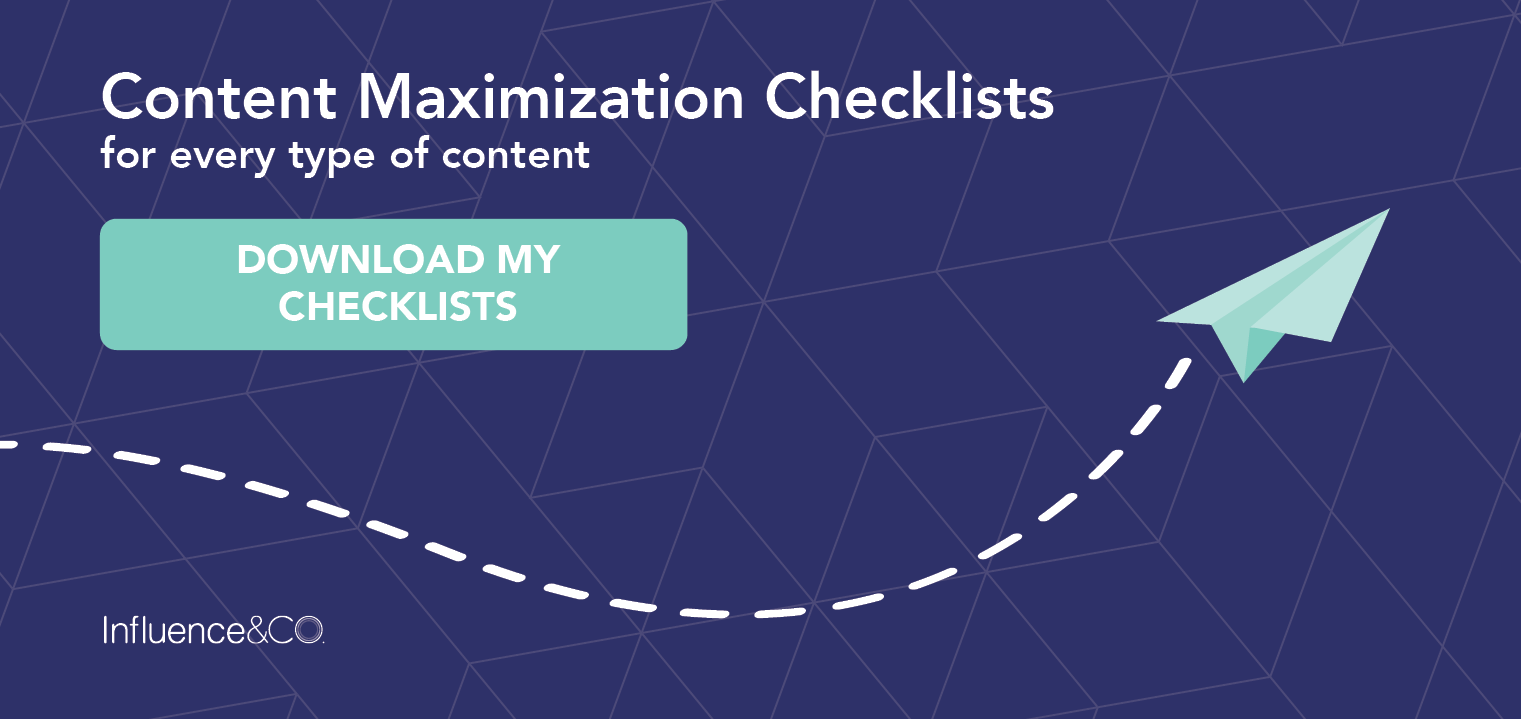
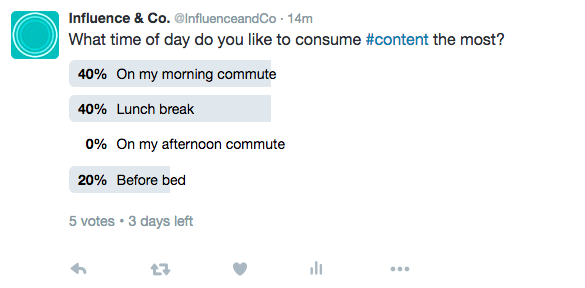


 I distinctly remember a trip to the mall with my grandmother when I was 9 years old, and no, it's not because of something I got during our trip. Someone surveying elderly women pulled my grandma aside to get feedback on a new beauty product. After politely declining the request for an in-person survey, the woman handed my grandma a card to complete the same survey questions and return by mail to the company.
I distinctly remember a trip to the mall with my grandmother when I was 9 years old, and no, it's not because of something I got during our trip. Someone surveying elderly women pulled my grandma aside to get feedback on a new beauty product. After politely declining the request for an in-person survey, the woman handed my grandma a card to complete the same survey questions and return by mail to the company.


